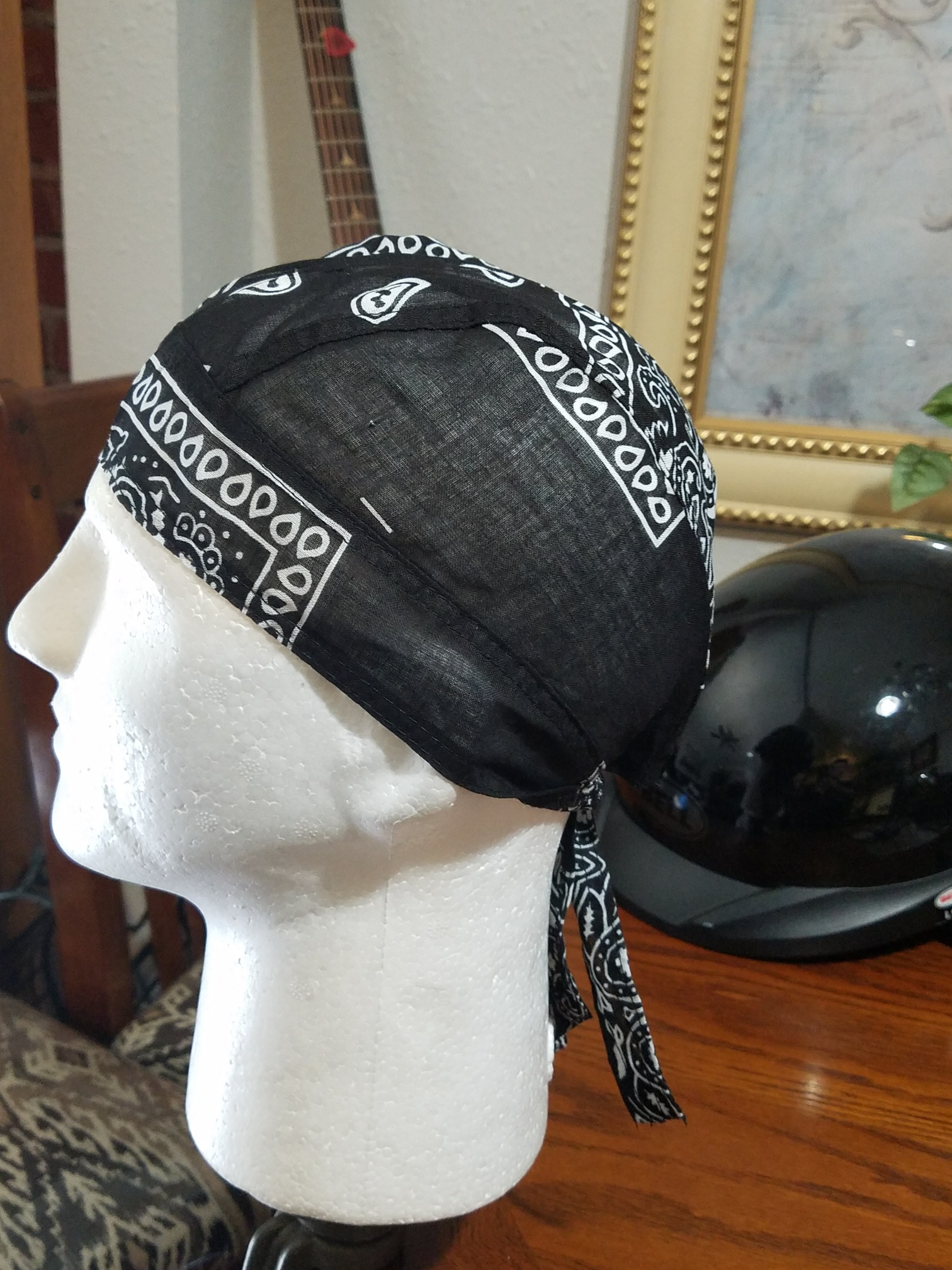Proteck'd Clothing is an EMF protection hat which blocks radio waves from getting transmitted to your brain. It is a tinfoil helmet that is typically used by people with Electromagnetic hypersensitivity (EHS).

The tin foil hat functions as a Faraday cage, an enclosure that protects its interior from electromagnetic charges and electromagnetic radiation through spreading them out around the outside of the cage.
Do Faraday Cages Work
A Faraday cage can be described as a metal object that acts like an electric conductor. When an electric charge comes into the cage, the free electrons in the conductive material instantly align themselves and cancel out any incoming field.
The effectiveness of a Faraday cage is contingent on its shape, size and the choice of construction materials. Also, they must be easily groundable, with gaps and seams that are minimized.
The most effective Faraday cages can block both static electric charges as well as electromagnetic waves, safeguarding researchers who conduct sensitive tests that are affected by radiated radiation. MRI scan rooms for example should be Faraday caged to keep radiation from disrupting the imaging process for diagnostic purposes.
Despite their incredible effectiveness, Faraday cages aren't completely safe. Electrons can still get through a Faraday cage and cause damage to electronics within. This is the reason they are often used in high-powered labs to cut down on noise and interference. They also offer protection against electromagnetic pulses (EMPs) that are weapons with high energy that aim to neutralize electronic equipment.
How Faraday Fabric Works

If it's radio waves Wi-Fi, cell towers, or other electromagnetic radiation sources interfering with these connections insecure and disrupt the function of devices. As a result, numerous essential components are covered in protective materials like copper foil to shield them.
But, these cages made of metal can be awkward and heavy. This is why researchers from Drexel University have developed a Faraday fabric that is pliable, durable and washable.
This fabric is made from an 2D material known as MXene It is able to block nearly all electromagnetic waves. In the future, clothes made of this technology might be used to protect wearables from electromagnetic interference as well as protect people from radiation that could be harmful to them.
While the technology is being developed however, it's a fascinating idea for clothing. The team is hoping that this fabric will eventually lead to clothes with RF-blocking pockets, which would be helpful for those who wish to keep their gadgets away from their head while using their devices. It could also prevent a common health concern - radiation causing brain tumors.
Faraday Cages Versus Faraday Fabric
If you're unfamiliar with Faraday cages Here's how they function When the electrical fields come into contact with metal conductors , like aluminum mesh this triggers the positive and negative particles to separate. This redistribution of charges eliminates the electromagnetic wave that enter through.
This is the process that lets utility workers operate near power lines with no the fear of electrocuting themselves. It also helps to keep military equipment and other telecommunication devices free from interference.
But, Faraday cages can be expensive, and aren't ideal for use in everyday life. This is where Faraday fabric is available.
Faraday Fabric Versus Tin Foil
If you've ever seen a Faraday cage, you'll know they're nothing more than an all-encompassing conductor that swerves electromagnetic radiation prior to it reaching sensitive electrical components protected within. This kind of shielding is also used in elevators, in the scan rooms where MRI machines sit within, "booster bags" that shoplifters use to circumvent electronic security tags even inside your microwave at home.
However, can a tin foil cover actually be an actual Faraday cage?
To completely block radio waves the Faraday cage needs to be completely sealed and enclosed.
But a tin foil hat doesn't have the space for that, which is why it blocks radiation only in part.
In addition, tin foil hats can amplify radio frequencies. They claim to accomplish this by making use of resonance.
